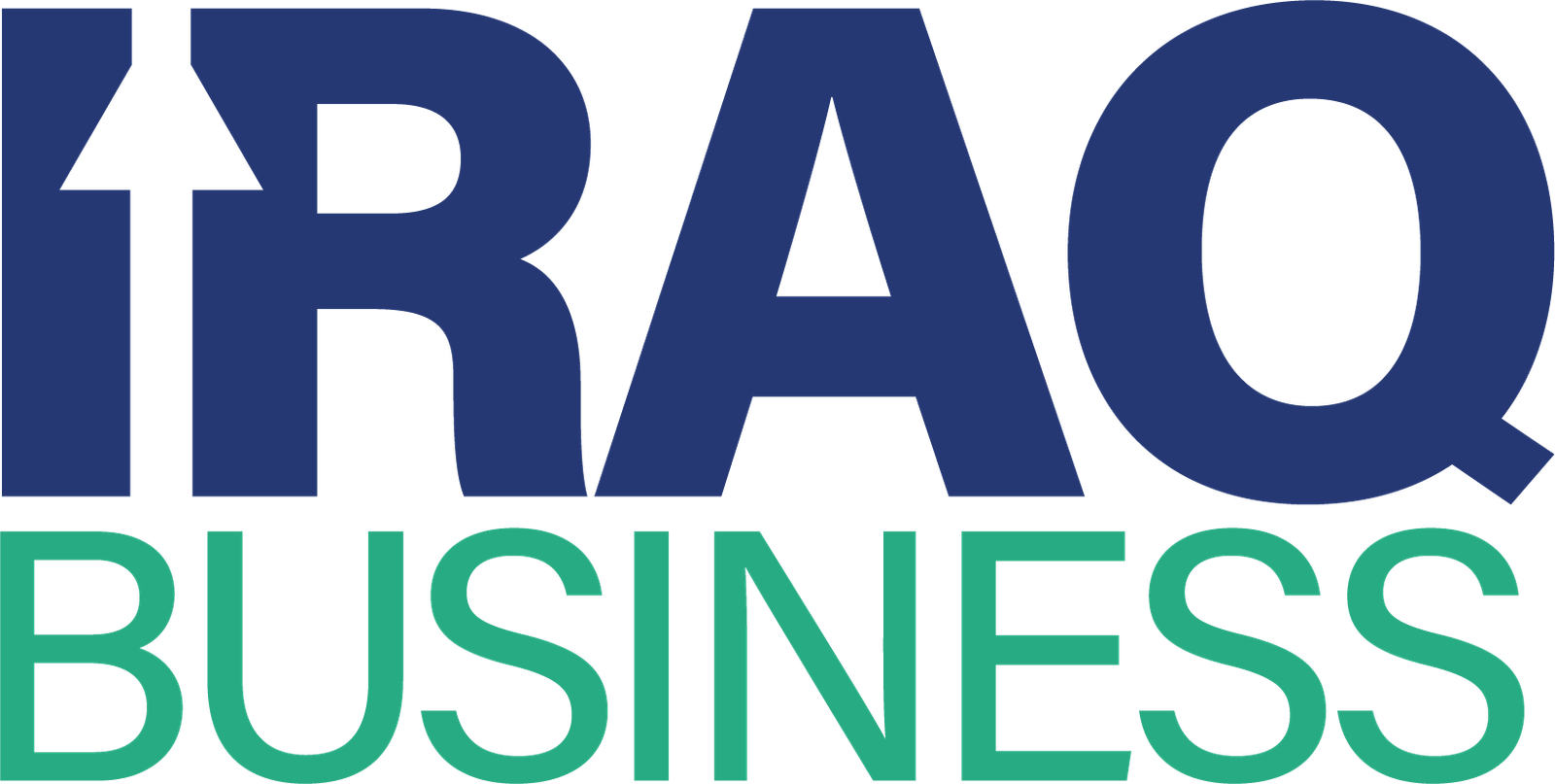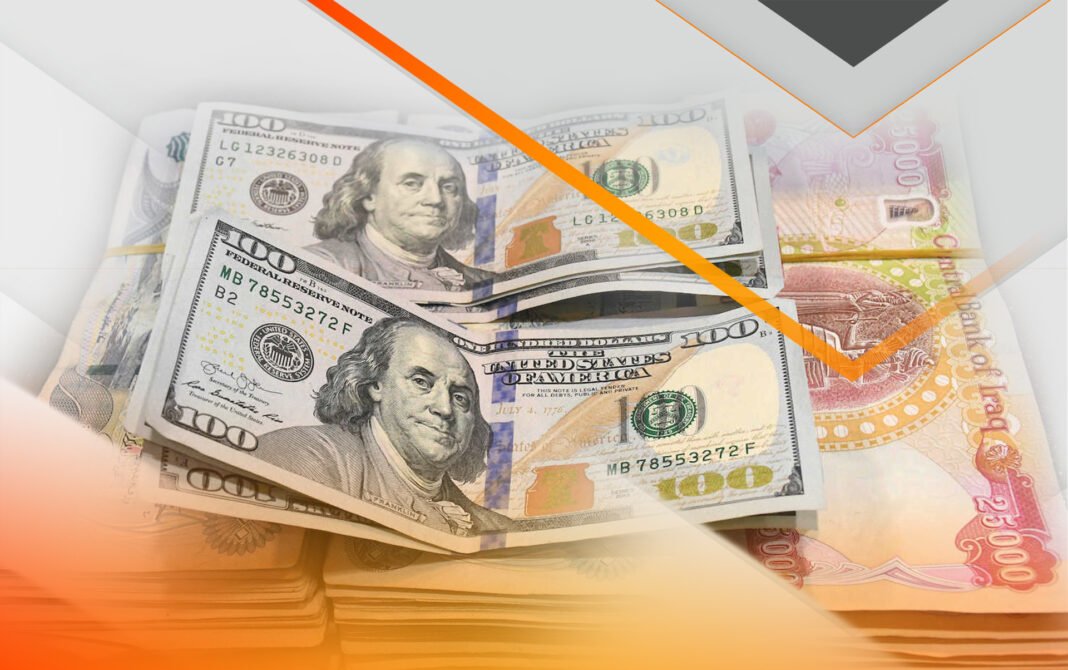The recent dollar prices in Iraq dropped slightly in Iraq’s currency markets, offering relief for both consumers and traders. As markets opened, Baghdad and Erbil recorded lower rates, marking a minor but noticeable shift.
In Baghdad, the central Al-Kifah and Al-Harithiya stock exchanges reported a drop in rates. The dollar prices in Iraq settled at 141,950 Iraqi dinars for every 100 dollars. This marked a small decline from the earlier rate of 142,100 dinars, giving the Iraqi dinar a slight edge.
Currency exchange shops in Baghdad quickly adjusted to the shift. They offered a selling price of 143,000 dinars for 100 dollars, while the buying price stood at 141,000 dinars. These prices provided better conditions for individuals and businesses exchanging money for imports or travel.
Erbil’s market followed a similar pattern, reflecting the broader national trend. In the city, the selling price reached 141,900 dinars per 100 dollars. The buying price dropped to 141,700 dinars, showing slight movement in favor of the dinar.
The drop in dollar prices in Iraq points to stronger market supply and weaker demand pressures. Traders believe this change could lead to lower costs for imported goods. Items such as food, electronics, and raw materials might become more affordable for Iraqis.
This development also indicates the success of recent financial measures by the government. Improved oil revenues, stable foreign reserves, and tighter controls on illegal currency trading have all helped support the dinar.
Experts continue to watch global and regional events that could influence further changes. Political decisions, oil price shifts, or new central bank policies could alter the exchange rate again.
For now, the decrease in dollar prices in Iraq brings cautious optimism. A stronger dinar helps everyday buyers and supports Iraq’s economic goals. It could also help ease inflation and strengthen trust in the national currency.


